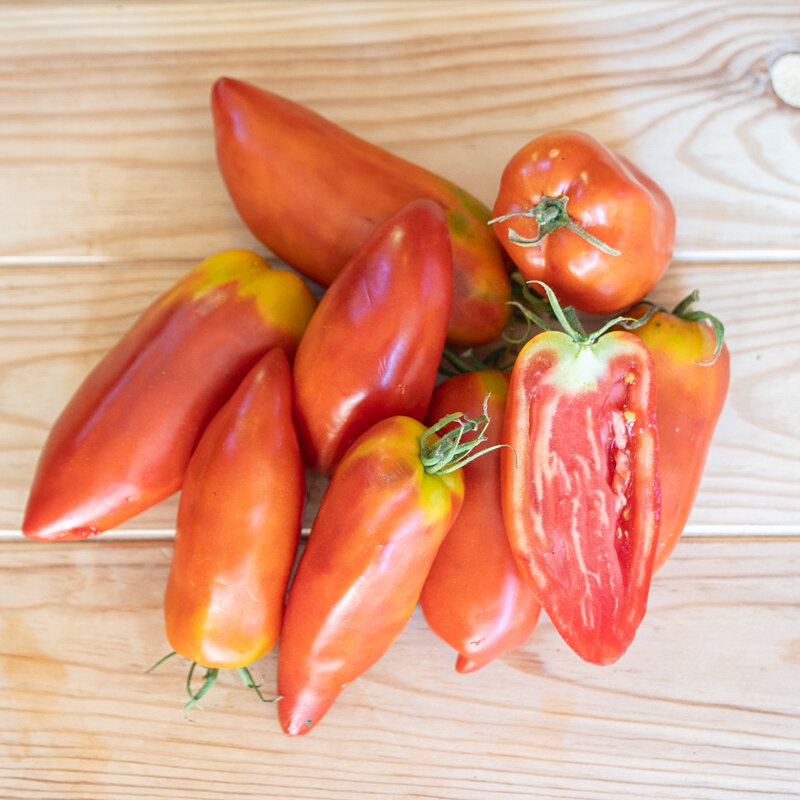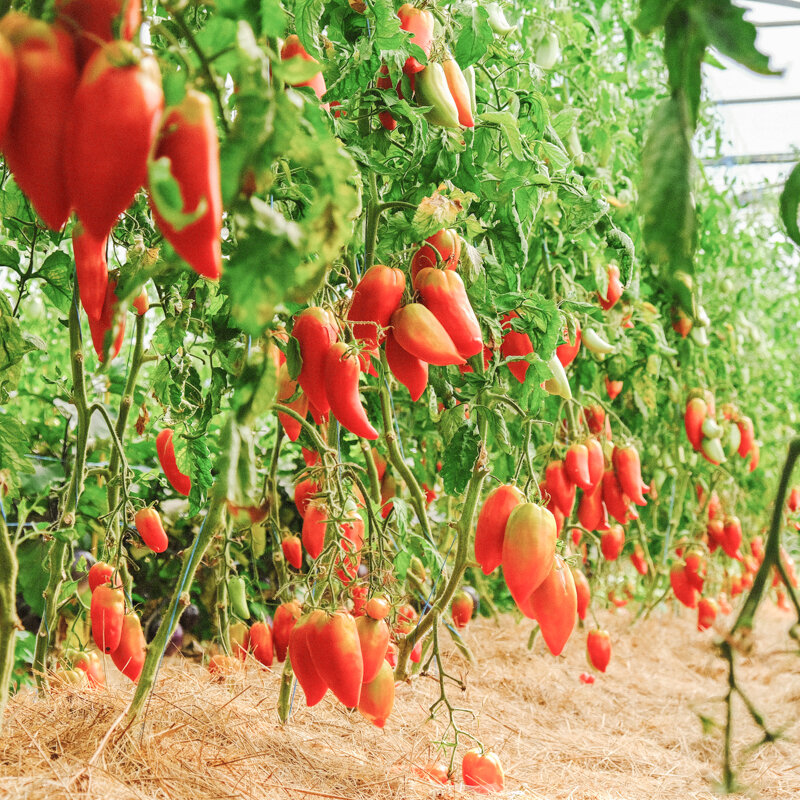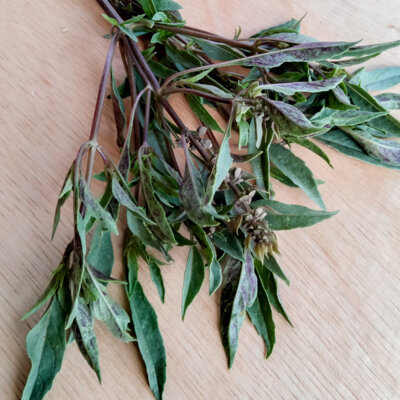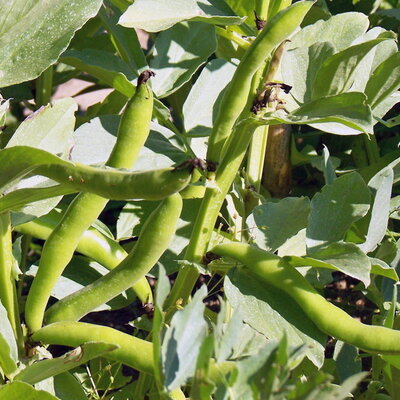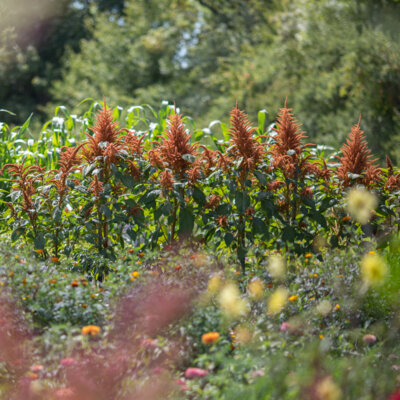Andean - Red Mid-season Tomato
This ancient variety is one of the most popular. It produces "tomato-chilli" type fruits that can reach 15 to 18 cm in length. With their dense, fleshy flesh and low seed and juice content, these fruits hold up well in the kitchen.
What are the characteristics of the Andean horned tomato?
The Andean horned tomato, Solanum lycopersicum, is an ancient variety native to South America. It produces elongated, chili-shaped fruits with firm flesh renowned for its excellent taste. Semi-determinate in growth, this mid-season tomato variety is highly productive.
When to plant the Andean horned tomato?
Cornue des Andes tomatoes can be sown from February to April, in pots or trays, under a very bright shelter and at a temperature of between 16 and 20°C. Harvest from June to October.
- Bury seeds 5-7 mm deep in potting soil;
- Water the seedlings and keep the substrate moist;
- Grow tomatoes indoors under a light source or in a heated greenhouse;
- Transplant into pots when tomato plants reach the stage of 2 to 4 true leaves. Bury the stem up to the two cotyledons to encourage root development and keep the tomatoes out of the cold;
- For 4 to 7 days before planting, take the tomatoes outside during the day to acclimatize them to outdoor conditions;
- As soon as the plants are strong, after the last frosts (ice saints in May), transplant the whole clump in full sun. Tomatoes destined for greenhouses can be planted when indoor temperatures no longer fall below 10°C;
- Maintain a minimum distance of 50 cm between tomato plants, burying the stem up to the first leaves;
- Water tomato plants regularly after planting, without wetting the leaves and flowers.
What are the Andean horned tomato's diseases?
Like all tomatoes in the vegetable garden, the Andean Cornue variety is susceptible to mildew (due to humidity) and to apical necrosis (generally due to irregular watering). Carefully remove affected leaves and fruit to prevent the disease spreading to other tomato plants.
The best way to avoid downy mildew is to limit the accumulation of humidity by :
- Growing tomatoes under ventilated cover or in a sunny location;
- Maintaining sufficient distance between tomato plants;
- Mulching or staking to prevent foliage from touching the ground;
There are also organic preventive treatments: comfrey, nettle purin...
To maintain a healthy crop, we recommend planting companion plants between tomatoes. Oregon Lei Mix tagetes and Anis basil keep pests away from the plantation.
Is it necessary to prune Andean horned tomatoes?
Tomato pruning consists in removing the gourmands, the secondary shoots that have not yet produced flowers. This technique was introduced by professional market gardeners to speed up productivity and facilitate harvesting.
We do not recommend pruning tomatoes, however, as it can cause wounds and lead to disease, not to mention the energy required by the plants to heal.
These products may also be of interest to you
in bucket
Sow in pots at a temperature of between 16 and 20°C, under a well-lit shelter, 5 weeks before planting. After the last frosts, transplant the whole clump into the ground at a minimum distance of 50 cm, burying the stem up to the first leaves. Water abundantly at the time of planting.
Solanaceae need light and heat to produce. In cool climates, it's best to grow them under cover and, depending on the soil, water them regularly.
February, March, April
June, July, August, September, October
in the ground, in the greenhouse
full sun
medium
all floor types
drained, rich, reheated
Solanum lycopersicum
mid-season
From 150 to 250 g
35 seeds
elongated
farm
semi-determined
Red
200 cm
From 15 to 18 cm
regular
Latin America
This variety is also known as "Andean Horned" and "Andean".



